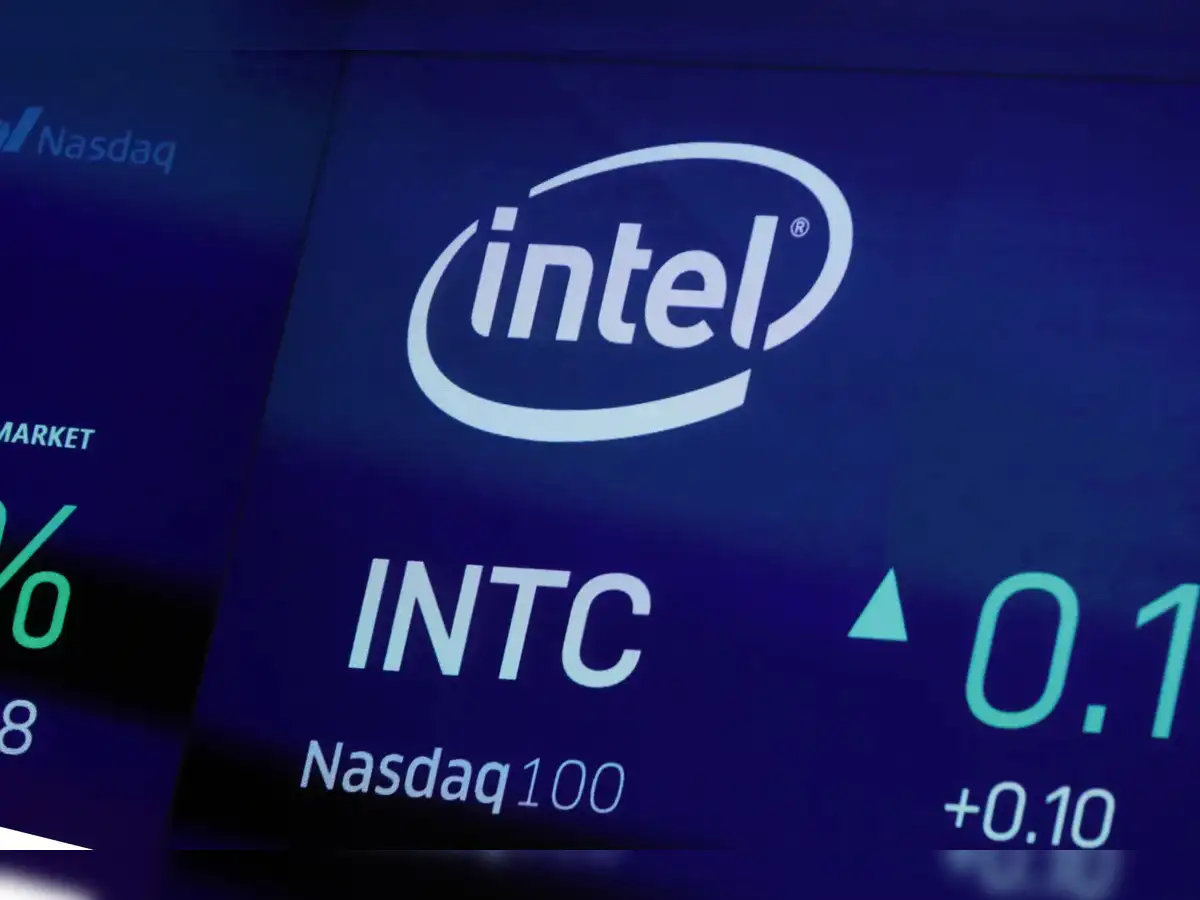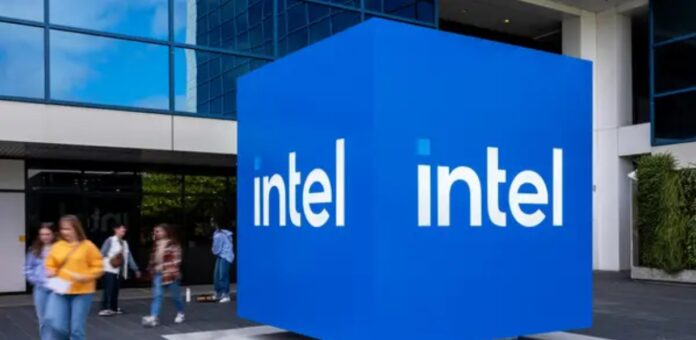Intel CEO Lip‑Bu Tan has proclaimed a new era of fiscal restraint. After losing an eye-watering $2.9 billion in Q2 2025 on revenue of $12.9 billion, the firm is cutting operations and reducing staff brutally.
The target: Trim operations, refocus on AI, and regain competitive advantage in a chip market now led by competitors such as NVIDIA and TSMC.
Extent of the Layoffs
Intel aims to decrease its worldwide staff by about 109,000 to 75,000 by the end of the year. That’s 24,000 positions, or almost 30% of its worldwide workers. While Intel initially indicated a 15% reduction, attrition and restructuring will bring the total to nearly 30% of key staff, the biggest layoff in the company’s history.

The job cuts are focused on a few key areas, with Intel closing its automotive chip business, consolidating, or cancelling assembly and test operations at facilities in Germany, Poland, and Costa Rica. It is also scaling back construction at an Ohio fab site and winding down other initiatives, such as its RealSense vision unit.
Impact on U.S. and Global Staff
Intel workers at major Intel locations are in uncertainty. Approximately 5,000 U.S. positions, from Oregon to California, Texas, to New Mexico, are affected straight away, with official notices submitted under the WARN law.
In Ireland, as many as 195 jobs would disappear at the Kildare factory, as part of an overall 20% reduction strategy for the area.
CEO Lip‑Bu Tan emphasises that the company started early and widely investing in chipmaking capacity, which it now considers overextended. Intel is seeking to optimise margins, return to its core customer and data centre AI approach, and cut unprofitable initiatives.
These reductions are the foundation of a $1.5 billion cost-cutting strategy, with an estimated $17 billion in savings by 2025.
Implications for the Tech Landscape
Intel’s restructuring is emblematic of the wider industry trend: tech behemoths now focus on AI dominance and hardware optimisation. With more than 100,000 layoffs in Silicon Valley this year alone, Intel now tops the major reductions alongside Microsoft and Meta.
The action could redesign global chip capacity, especially in Europe and Latin America, where Intel is pulling back.

Intel’s willingness to slash as much as 30% of its employee base is a move of the premium risks.
For the workers themselves, disruption is immediate and tangible. For investors and observers, the reductions represent a new paradigm for prioritising nimble, AI-oriented chip strategy over sprawling investment.
If Intel can steer through the cleanup and if new chips like Panther Lake deliver, this reshuffling may prove necessary. But for now, employees and analysts await outcomes amid unprecedented company transformation.
Stay tuned to Brandsynario for latest news and updates



































